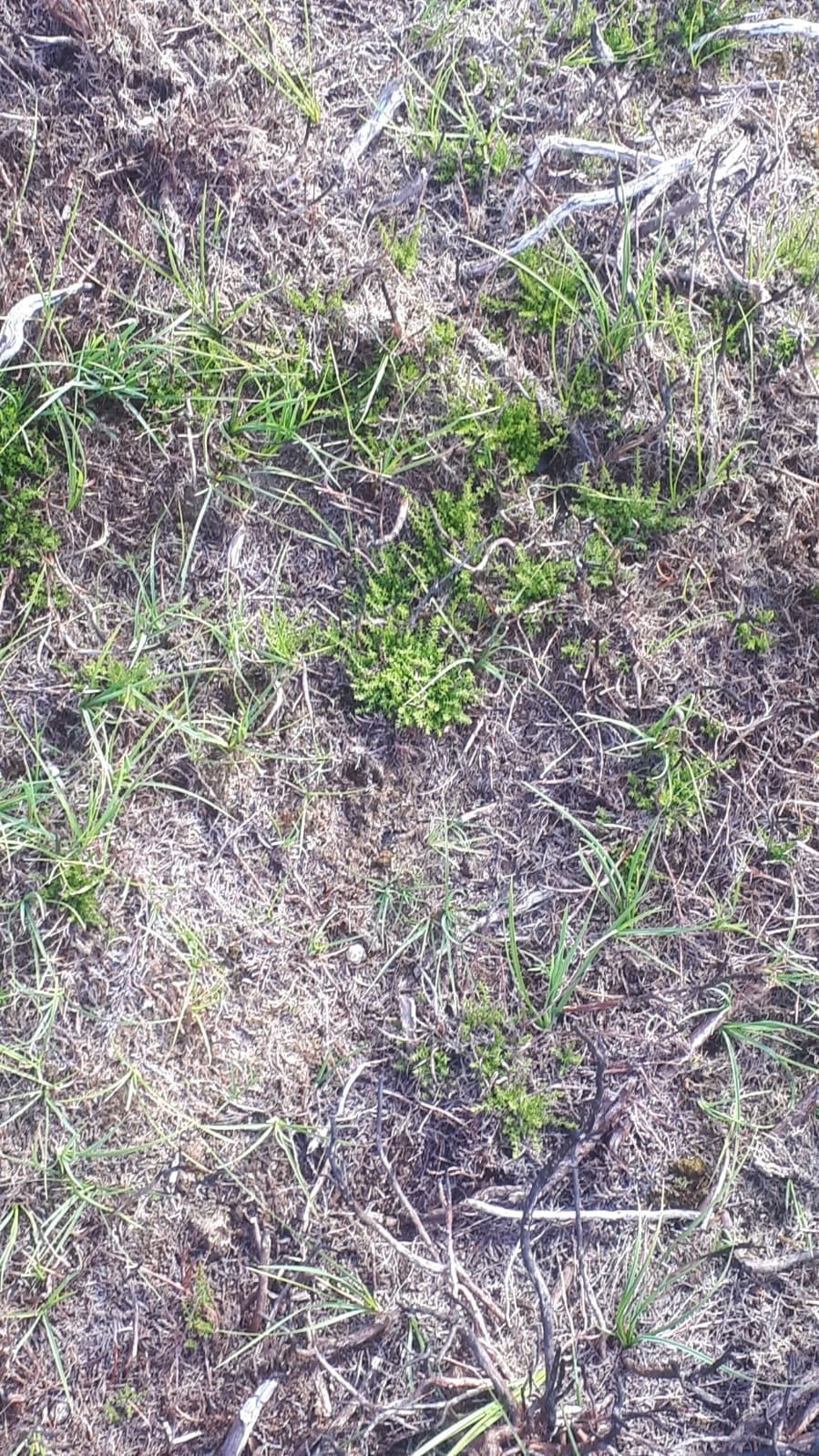Nidderdale grouse keepers capture the benefits of controlled burning on flora and fauna
- C4PMC
- Jul 2, 2021
- 1 min read

For those who still harbour any doubts over the positive impact of controlled burning on moorland, the images published today on the Nidderdale Moorland Group Facebook page, should provide comfort.
The first two pictures clearly show how after removing the canopy of old rank heather other moorland plants then flourish, such as this Cotton grass.

The third picture shows how quickly areas regenerate after controlled cool burning has flashed over removing only the canopy of old growth leaving the underlying seed layer and peat untouched. This area was part of a legal, controlled, cool burn earlier this year and already new growth is appearing.

Young Heather, Bilberry and other moorland plants that are growing in these areas will absorb more carbon than the old rank plants that have being removed and by opening up the canopy it also encourages Sphagnum and other peat forming mosses and grasses to flourish and continue spreading.
The impact of this is to create a wide diversity of flora on our managed moorlands alongside removing the dangerous fuel loads that could feed wildfires and destroy these precious habitats as has being increasing seen over recent springs and summers on moorlands where correct management has being removed or prevented.






